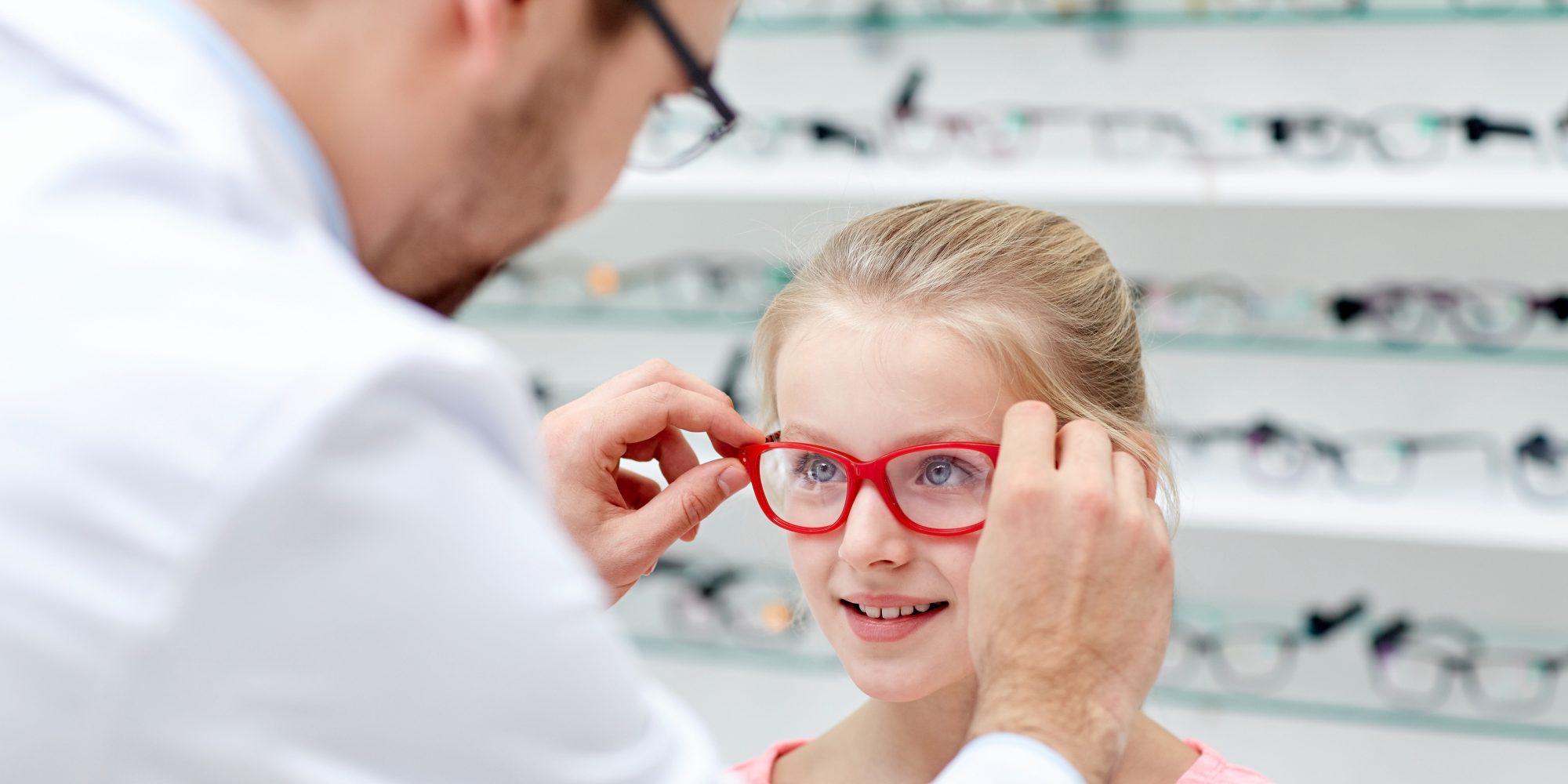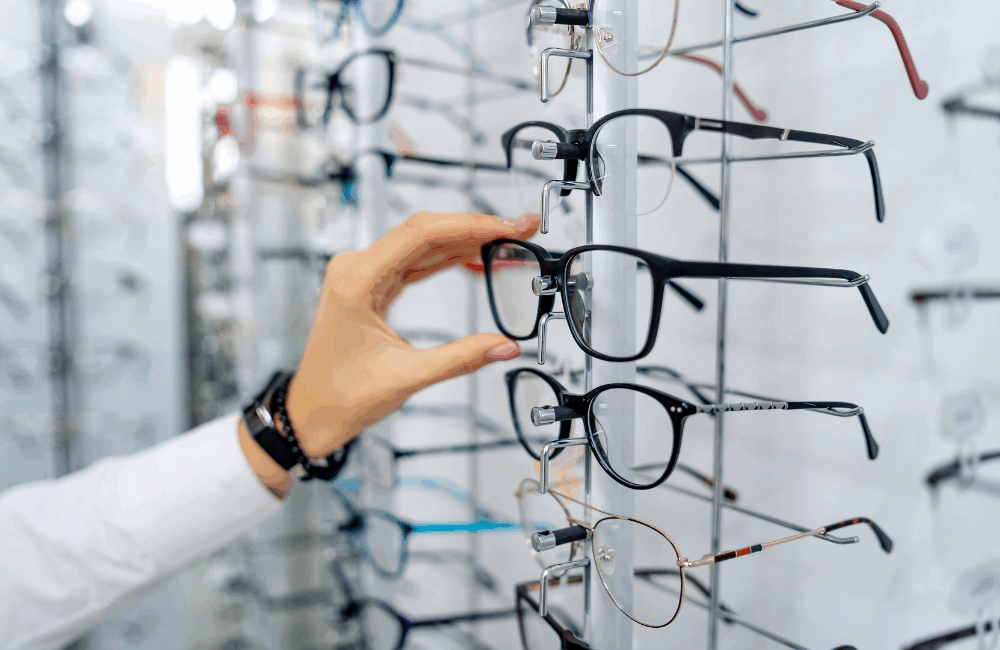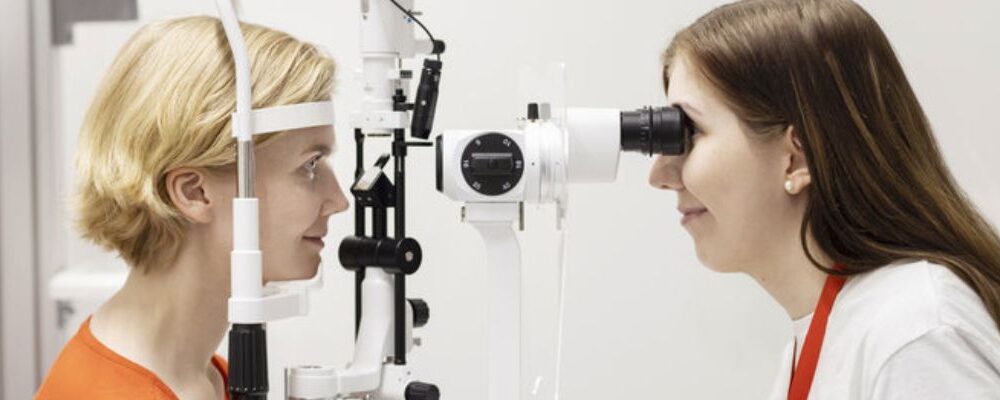
The parliamentary election goals of the Finnish Association of Vision and Eyecare NÄE ry respond to the challenges of eye health care in Finland and improve citizens’ opportunities to receive high-quality and timely care.
According to the population forecast, in 2030, the share of people over 65 will rise to more than 25 percent. As the age structure of the population ages, eye diseases will increase and, at the same time, the number of eye healthcare professionals will decrease. Quick action is needed now to be able to meet this challenge.
NÄE ry’s election goals include three sets of measures: further development of the health and social services reform, ensuring the adequacy of eye health care personnel and reforming the medicine service distribution.
The first set of measures focuses on further development of the health and social services reform. The eye health services of the private optician network must be connected to the service strategies of the welfare areas. To compare the costs of own productions and the prices of services that can be obtained from the market, NÄE ry calls for effective and fair cost accounting.
“Private eye health service providers provide 80 percent of the basic eye health services. The handling of these 1.5 million odd visits to the public side is by no means realistic. Production costs must be openly compared, and if private service production is similarly priced or cheaper, the patient must be offered a service voucher. In addition, there should be an obligation to provide a service voucher whenever the care guarantee is not fulfilled,” commented Panu Tast, CEO of the Finnish Association of Vision and Eyecare NÄE ry.
The competitive neutrality of health services must also be strengthened by harmonizing the processing of value added tax.
“The private sector presently carries out the work with a zero tax rate for health services, but pays VAT on its purchases, whilst the public sector operates in both directions without VAT”, says Tast.
As another set of measures, NÄE ry promotes ensuring the adequacy of eye health care personnel.
“In terms of qualification requirements, the development of training and health technology must be taken into account. The situation would be facilitated, for example, by a broader right to prescribe medication for licensed opticians who have completed the YAMK degree in clinical optometry. If the non-medical restrictions preventing the care of opticians, such as age and the complete ban on working with eye disease patients, were removed from the professional staff regulation, scarce human resources could be targeted to where there is a need”, explains Tast.
As another set of measures, NÄE ry promotes ensuring the adequacy of eye health care personnel. With the current model, medicine distribution can only be carried out by pharmacies, which are also the only operators that have the opportunity to provide healthcare and wellness services under the same roof.
NÄE ry’s goal is to include medicine distribution and pharmacies in the regulatory framework of private healthcare.
“Pharmacies and other health care providers must have the same operating conditions for both service production and medicine distribution,” says Tast.
By reforming medicine distribution, the implementation of competitive neutrality and the equal treatment of companies would be strengthened.
More information:
Panu Tast, CEO, Finnish Association of Vision and Eyecare NÄE ry
tel. +358 40 5422 227, panu.tast@naery.fi


